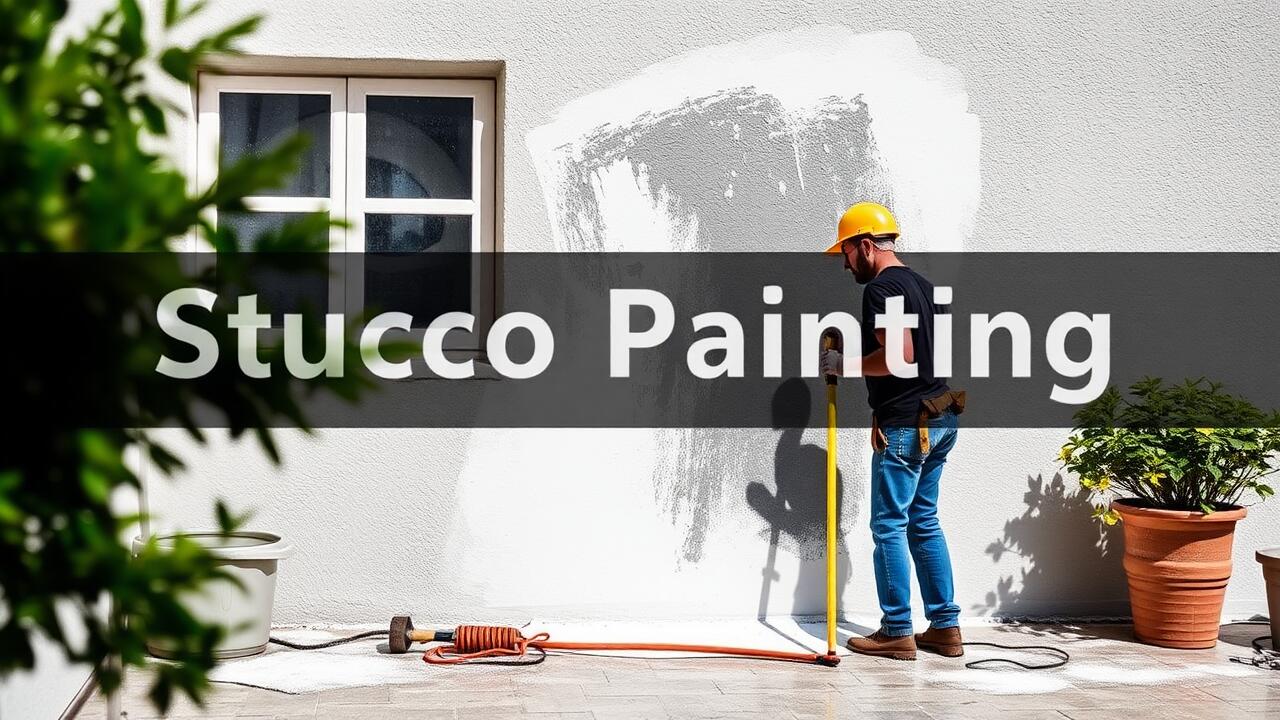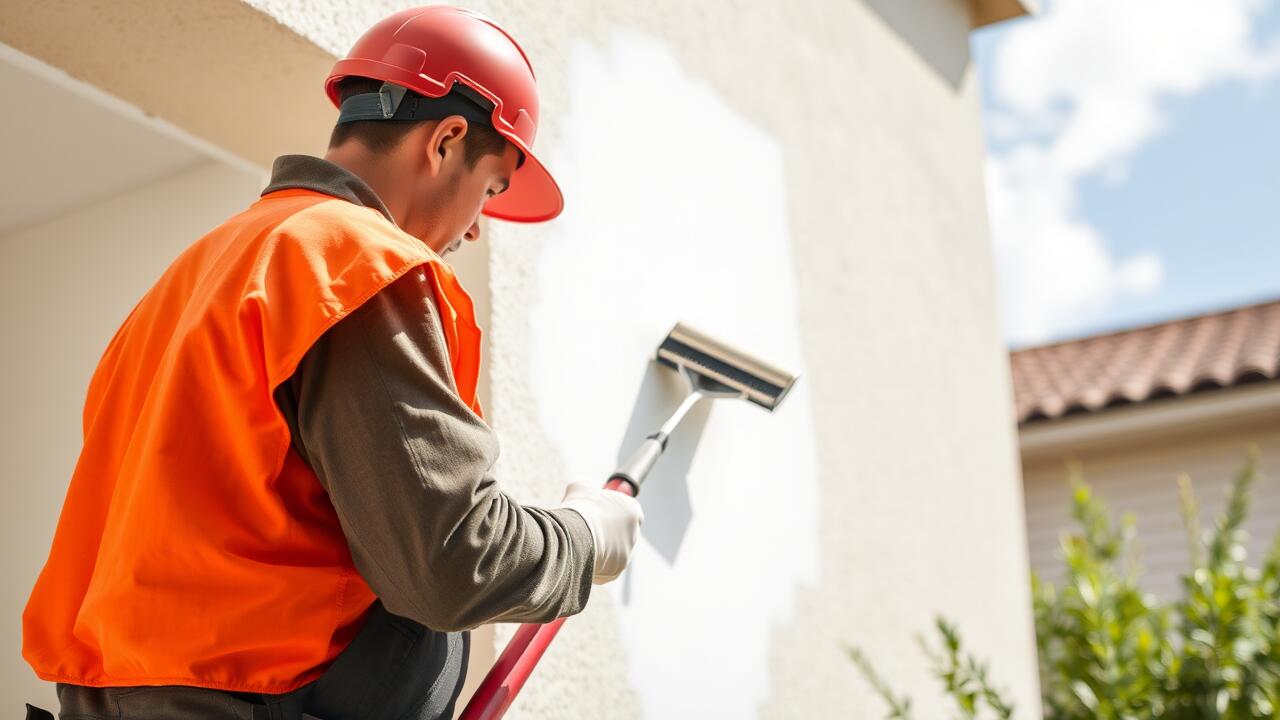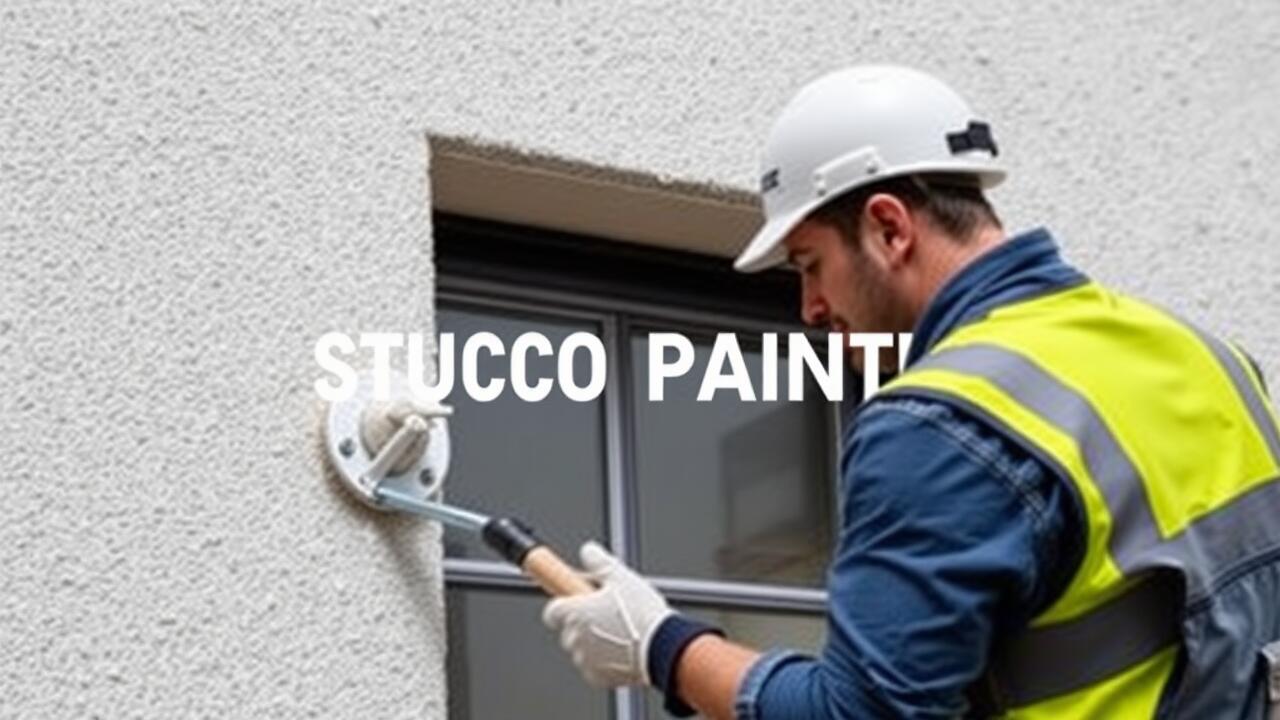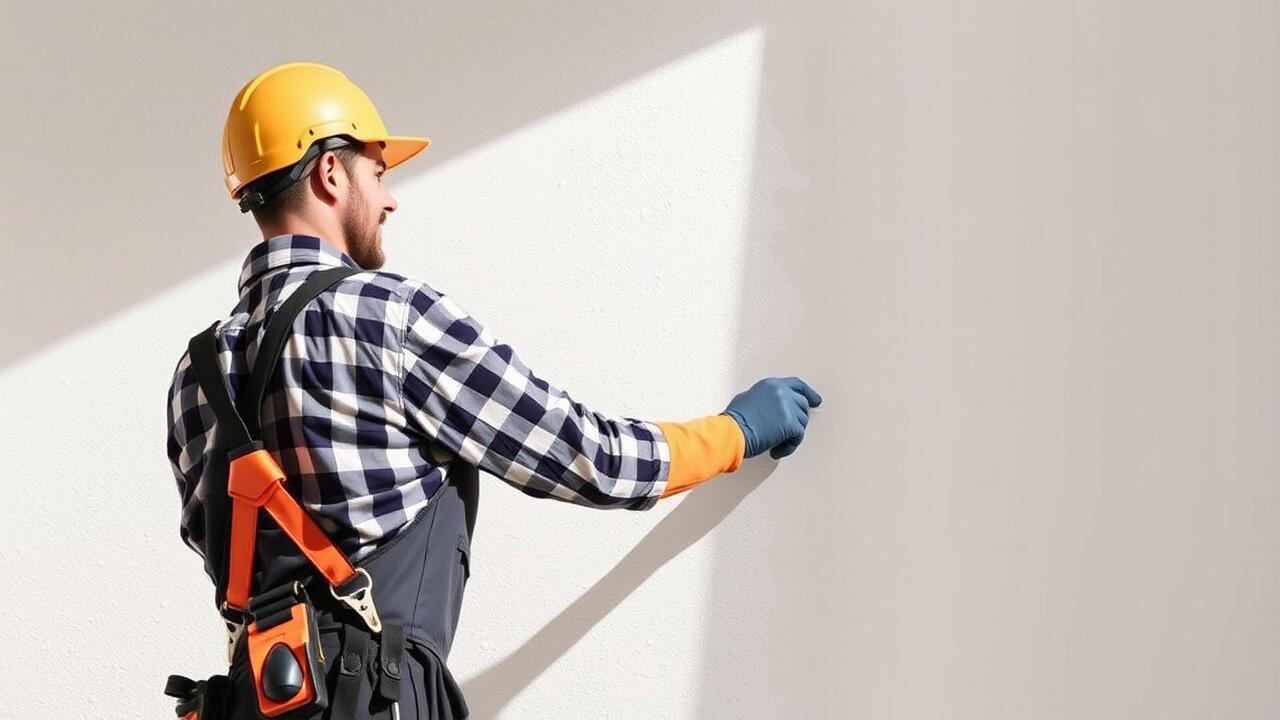
Choosing the Right Primer for Your Project
Selecting the right primer for your stucco painting project is crucial, especially in areas like Pacific Palisades, Los Angeles. The primer serves as a foundational layer, ensuring better adhesion of the topcoat and enhancing the overall durability of the finish. Factors such as climate, surface texture, and the type of finish desired play a significant role in determining the appropriate primer. High-quality, masonry-specific primers are typically recommended for stucco surfaces due to their moisture resistance and ability to prevent peeling.
When evaluating primers, it is essential to consider the specific requirements of your stucco surface. Some primers are designed to fill in imperfections, while others focus on sealing porous textures. In Pacific Palisades, Los Angeles, where environmental conditions can be challenging, choosing a primer that offers UV protection and mildew resistance can provide additional benefits. Ensure the primer you select is compatible with the paint you plan to apply, as this compatibility will contribute to a long-lasting and aesthetically pleasing finish.
Factors to Consider When Selecting Primer
When selecting a primer for stucco painting, it's crucial to consider the type of stucco surface being used. Different types of stucco textures and finishes require specific primers for optimal adhesion and durability. For instance, smoother finishes may benefit from a different primer than rough or textured ones. Understanding the surface characteristics will help ensure that the primer adheres properly and provides a solid foundation for the paint.
Another important factor is the local climate, especially for projects like Pacific Palisades, Los Angeles Stucco Painting. The primer should be formulated to withstand the environmental conditions prevalent in that area, such as UV exposure and humidity levels. Choosing a moisture-resistant or UV-resistant primer can significantly enhance the longevity of the painting project. Be sure to compare product specifications and seek out primers designed for exterior use to achieve the best results.
Application Techniques for Primer in Stucco Painting
When applying primer to stucco surfaces, it is essential to ensure that the surface is clean and free from dust, dirt, and previous paint residues. Begin by power washing the stucco to remove any contaminants, allowing the surface to dry completely before proceeding. Consider using a roller with a long nap to reach into the textured areas of the stucco. This technique helps to achieve an even coat, ensuring that the primer penetrates the surface for better adhesion.
Once the primer is applied, allow it to dry according to the manufacturer's instructions before adding paint. For projects in Sherman Oaks, Los Angeles, where the climate can vary, pay attention to temperature and humidity levels, as they can impact drying times. Use a quality brush or sprayer for any corners and edges that require precision. Proper application of primer can significantly enhance the final finish and durability of the paint job, making it a crucial step in the stucco painting process.
Best Practices for Primer Application
When applying primer to stucco surfaces, surface preparation is crucial. Ensure the stucco is clean, dry, and free of debris before starting. Use a pressure washer to remove any dirt or loose particles that could interfere with adhesion. After washing, allow the surface to dry completely. This will help the primer bond effectively, resulting in a smoother finish once the topcoat is applied. For projects like Pacific Palisades, Los Angeles stucco painting, taking the time to prepare correctly can make a significant difference in the overall longevity and appearance of the paint job.
Using the right tools can enhance the application process as well. A high-quality roller or airless sprayer often delivers the best results on textured surfaces like stucco. When rolling, apply the primer in a consistent, even layer to avoid streaks. For intricate areas or edges, consider using a brush for better precision. After applying the primer, allow it to dry thoroughly based on the manufacturer's instructions before proceeding with the topcoat. This careful application process will contribute to a durable and attractive finish in any stucco painting project.
Common Mistakes to Avoid with Primer
One common mistake when applying primer for stucco painting is neglecting surface preparation. Properly cleaning and repairing the stucco surface is essential for achieving a smooth finish. Failing to remove dirt, dust, or previous coatings can hinder primer adherence, leading to premature peeling or flaking. This issue is particularly important in areas like Pacific Palisades, Los Angeles, where exterior elements can accelerate deterioration if not addressed.
Another frequent error is applying the primer too thinly. Insufficient coverage can result in uneven surfaces and areas that do not bond effectively with the paint. It is crucial to follow the manufacturer's recommended application thickness to ensure a solid foundation for the topcoat. Ignoring this detail can compromise the overall quality of the finished stucco painting job, especially in regions known for their unique weather conditions.
Pitfalls in Primer Usage and How to Avoid Them
One significant pitfall in primer usage for stucco painting is applying the primer on conditions that are not ideal. Factors such as humidity, temperature, and wind can affect the primer's ability to adhere properly. In Pacific Palisades, Los Angeles stucco painting, it is crucial to monitor the weather conditions before beginning the application. Ideally, primers should be applied when the temperature is between 50°F and 85°F with low humidity levels to ensure optimal results.
Another common mistake is using the wrong type of primer for the specific stucco surface. Some primers are formulated for smooth surfaces while others work best on textured finishes. In Pacific Palisades, Los Angeles stucco painting, selecting a primer that matches the surface type can improve adhesion and durability. Always consult with manufacturers' recommendations and consider the environmental conditions to avoid long-term issues with peeling or blistering paint.
FAQS
Why is primer important in stucco painting?
Primer is essential in stucco painting as it helps to create a strong bond between the stucco surface and the paint, enhances adhesion, improves coverage, and ensures a more uniform finish. It also helps to prevent peeling and flaking of the paint over time.
What factors should I consider when choosing a primer for stucco?
When selecting a primer for stucco, consider factors such as the type of stucco you have, the climate in your area, the type of paint you plan to use, and the specific requirements of your project. It's also important to choose a primer that is designed for use with masonry surfaces.
What are the best practices for applying primer on stucco?
Best practices for applying primer on stucco include cleaning the surface thoroughly, allowing it to dry completely, using a high-quality primer, applying with a brush or roller for even coverage, and allowing adequate drying time before applying paint.
What common mistakes should I avoid when using primer on stucco?
Common mistakes to avoid include skipping the primer altogether, applying it too thickly, failing to clean the surface properly, not allowing sufficient drying time, and using the wrong type of primer for your specific stucco surface.
How can I ensure the primer adheres properly to my stucco surface?
To ensure proper adhesion of the primer to your stucco surface, make sure the surface is clean, dry, and free of dust or debris. Additionally, choose a primer specifically formulated for stucco and apply it evenly without over-saturating any areas.



